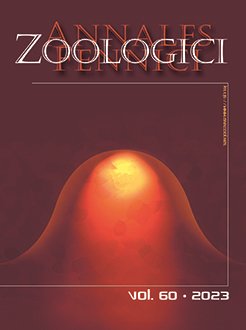Field surveys showed that adult beautiful brocade, Lacanobia contigua (Lepidoptera, Noctuidae), females select primarily top parts of senesced Elymus nutans plants as their oviposition sites. Developing larvae move to feed on living E. nutans presumably because of the low-quality of senesced plants. The aim of this study was to determine whether this oviposition behaviour was of significance for this moth species. We conducted field studies on three experimental groups (top of senesced plants, top of fresh plants, and ground surface as oviposition sites) to determine the effect of oviposition site on the survival (hatching) rates of eggs. Our results showed that the survival (hatching) rate of the eggs on the tops of senesced plants was higher than that on the tops of fresh plants and ground surface, and that egg-mass survival rate was higher on top parts of senesced and fresh plants than that on the ground surface. In addition, the proportion of eggs from which larvae hatched successfully (egg hatching rate) was the highest on the top parts of senesced plants. We, thus, can conclude that the oviposition behaviour of L. contigua females to lay eggs on tops of senesced Elymus nutans improves egg survival (hatching) rates.
How to translate text using browser tools
19 October 2023
The Beautiful Brocade, Lacanobia contigua, Females Select Tops of Senescent Elymus nutans Plants for Egg Laying
Yuxia Zhang,
Xingyu Zhou,
Han Yan,
Shucun Sun
ACCESS THE FULL ARTICLE

Annales Zoologici Fennici
Vol. 60 • No. 1
January 2023
Vol. 60 • No. 1
January 2023




